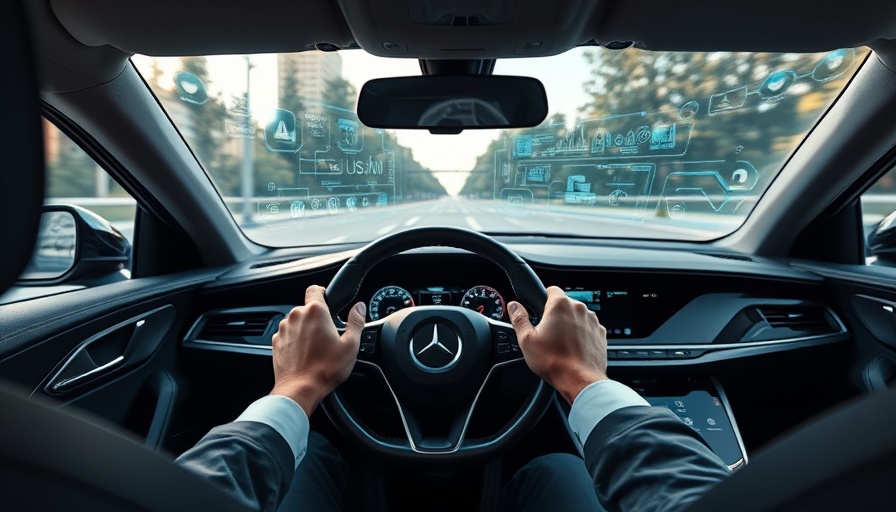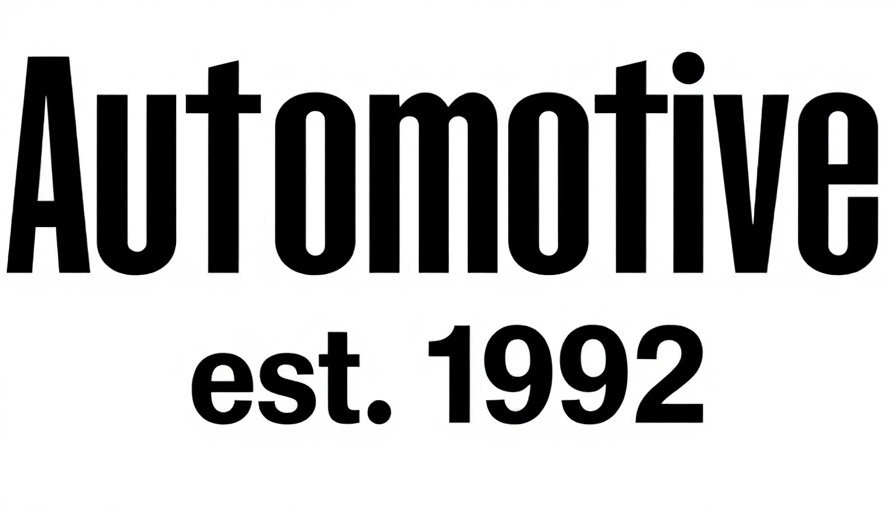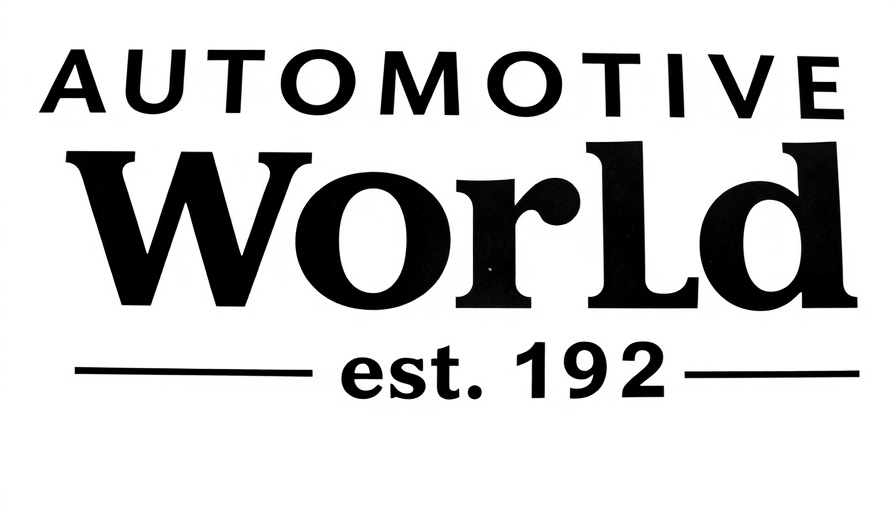
Gradual Moves Towards Autonomy: Why LeddarTech's Approach Matters
As the race to fully autonomous vehicles intensifies, LeddarTech is advocating for a cautious and methodical approach—transitioning incrementally from Advanced Driver Assistance Systems (ADAS) to higher levels of autonomy. By focusing on functionality rather than immediate full autonomy, LeddarTech believes they can address pressing technical challenges without the risk of overheating the industry with overly ambitious goals.
Technology's Role in Easing the Transition
Central to LeddarTech's vision is their LeddarVision Surround-View LVS-2+ stack, which promises to enhance vehicle perception and safety by uniquely integrating different sensory inputs. This technology allows for a more adaptable and robust response to various driving conditions, particularly when existing ADAS technologies are prone to failures in adverse environments like rain and fog. The incremental approach LeddarTech proposes aligns with consumer demands for reliable safety features, which could bolster confidence in automated systems and gradually normalize their adoption.
Investment and Economic Realities
The push for complete autonomy isn’t just a matter of technological prowess; it requires significant investment and a commitment that many automakers are hesitant to make in the current economic climate. The mixed public sentiment surrounding AVs complicates this further. By channeling resources into scalable ADAS first, manufacturers can create stepping stones towards fully automated technologies. This approach fosters a more sustainable development path that can alleviate some of the pressure facing the industry today.
Challenges: The Need for Robust Systems
However, transitioning from Level 2 ADAS to Level 3 and beyond is not without its challenges. Existing systems often suffer performance issues, especially in terms of environmental adaptability. Current technologies frequently fall short when it comes to detecting pedestrians or cyclists, which are critical for ensuring safety. These performance limitations must be addressed as LeddarTech works to integrate high-performing AV capabilities gradually.
Strength in Collaboration
Collaboration between automakers and technology providers is essential to navigate these hurdles. By encouraging cooperation, the industry can share best practices and foster innovative solutions that push everyone toward a common goal of safer roads and more efficient public transportation through autonomous vehicles. The gradual buildup of AI capabilities not only demystifies the technology but also allows for a continuous feedback loop that enhances system performance.
Conclusion: A Sustainable Path Forward
LeddarTech's gradual ramp-up from ADAS to full autonomy offers a realistic framework within which the automotive sector can operate. By focusing on enhancing existing systems through the LeddarVision technology and investing in scalable projects, manufacturers can innovate responsibly. It sets a more manageable pace for the industry while simultaneously addressing consumer needs, regulatory requirements, and economic constraints.
For dealership owners and general managers, understanding these emerging trends is critical. Emphasizing robust and adaptable technology in your pitch could increase consumer confidence as the industry gradually shifts towards more automated solutions. To stay ahead, engage with training resources focused on auto sales training that dive deeper into how these technologies can benefit your sales strategy!
 Add Row
Add Row  Add
Add 

 Add Row
Add Row  Add Element
Add Element 




Write A Comment